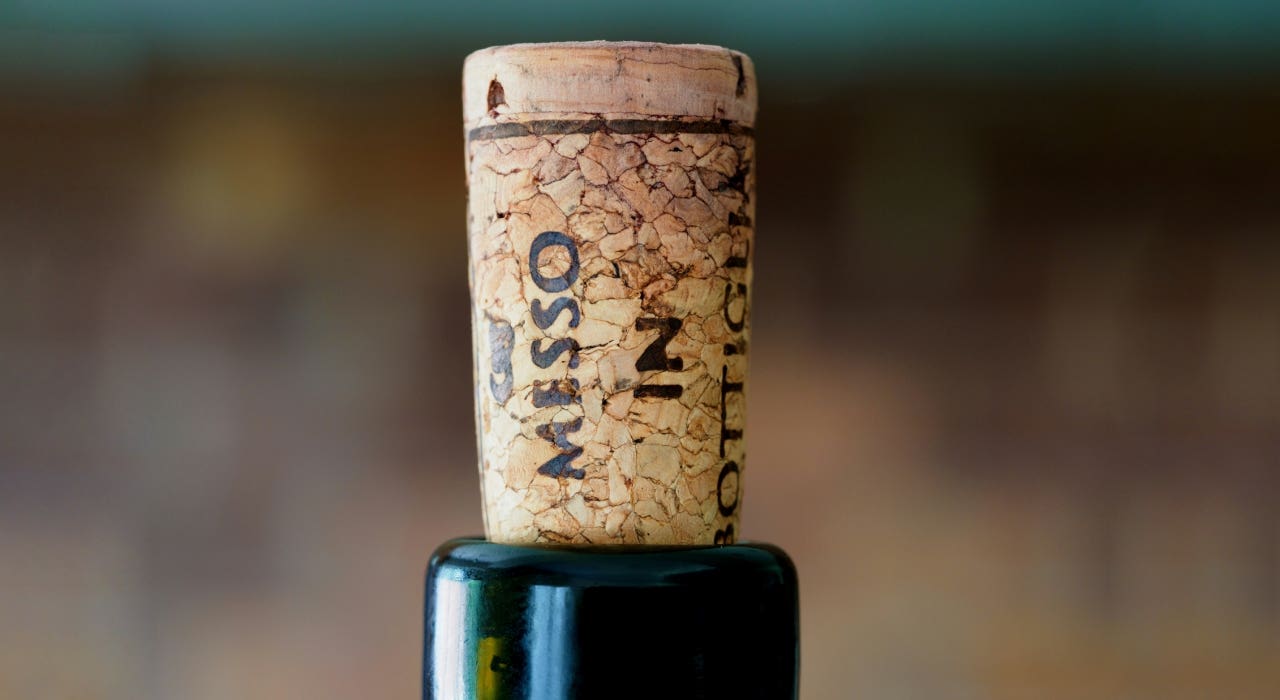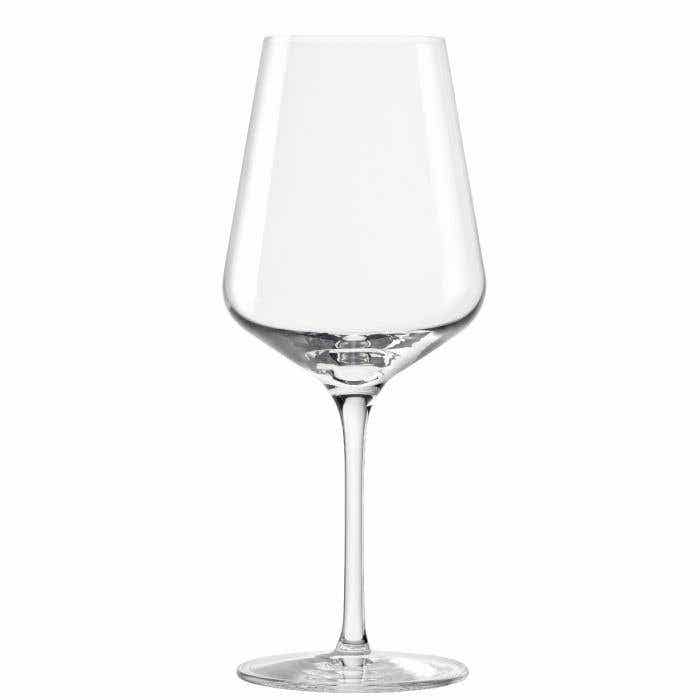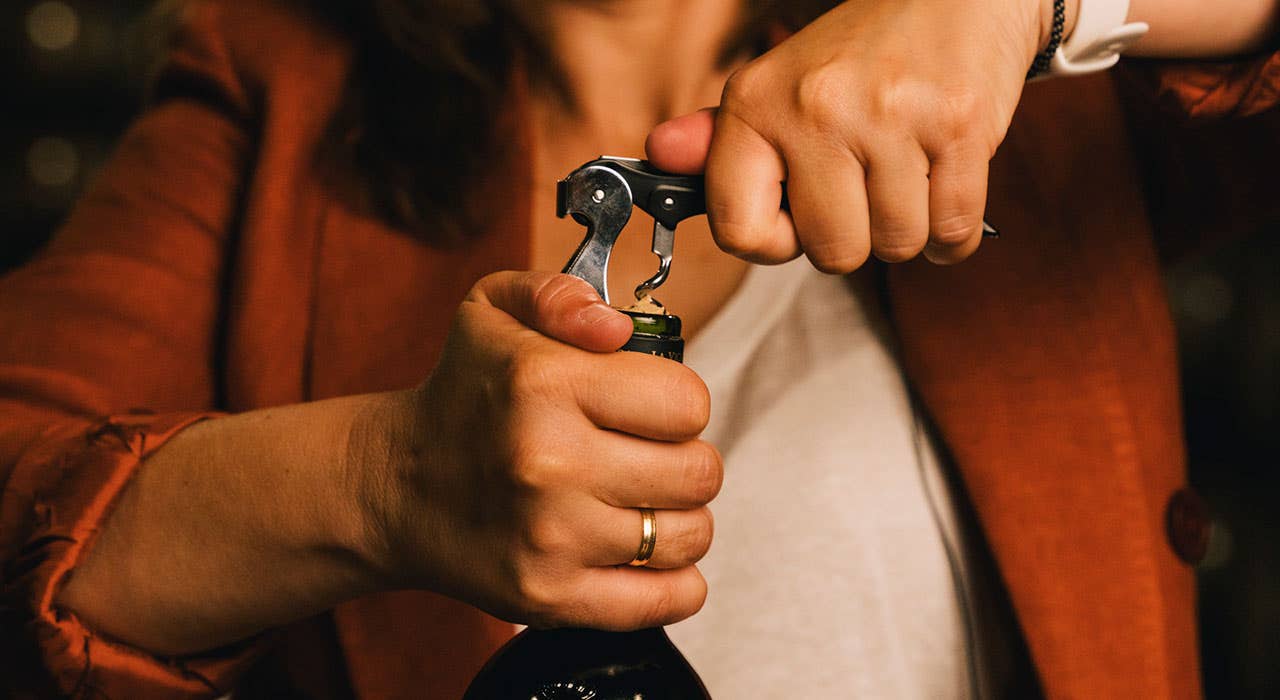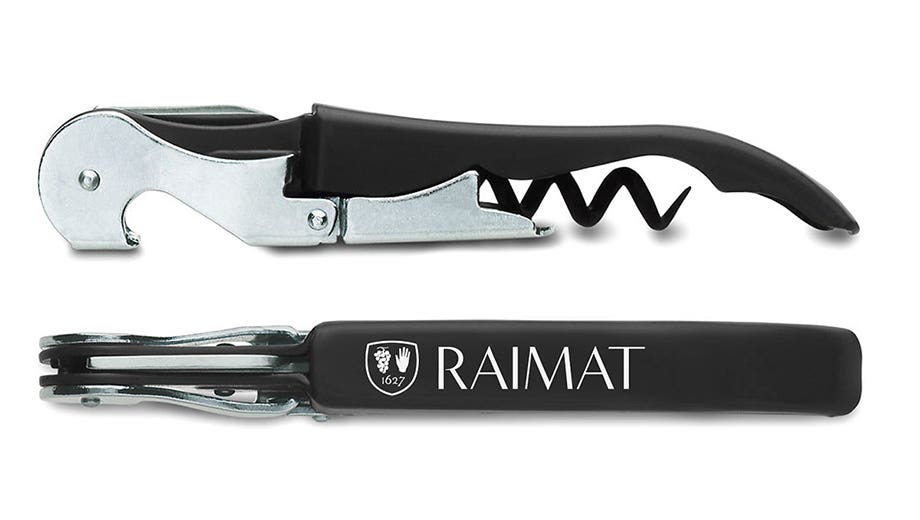Opening a bottle of wine is a ritual. The product deserves it and surely the occasion does too. Wine accompanies you in celebrations and romantic dinners, and sometimes you resort to it for comfort. It is not a mere beverage, and as such, its uncorking should not be a simple routine act.
Types of corkscrews
There are several types of corkscrew. However, in general, their differences are based mainly on our skills as sommeliers rather than on any other reason.
Double lever corkscrew
This is the most common corkscrew and probably the best, due to its price and simplicity. This is the corkscrew that waiters usually carry in their pockets. It is called a double lever corkscrew as the bottle is opened in two stages, using the double slot in the lever. As with any new tool, it can take practice to get it right and to stretch it. But once you get it right, you realize that it is really easy to use.
Wing corkscrew
As a curiosity, this model was originally created by a company from the Basque Country. It is highly recommended for the uninitiated as it requires neither skill nor strength. All you have to do is insert the worm in the center of the cork and push the two wings downwards. It is also recommended for the most clumsy people.
T-shaped corkscrew
This is the first corkscrew to be invented. It consists of a worm with a handle at the end. It is the corkscrew that requires the most strength and skill, as the cork has to be pierced and pulled tightly and carefully enough to avoid breaking it.
Blade corkscrew
This is the only type of corkscrew that could be considered specific for a certain type of bottle. Although it is suitable for all types of wine, it is especially recommended for old bottles and those that are at risk of not having the cork in perfect condition. Why? Just because it does not pierce the cork. It has two parallel blades that are inserted through the sides of the cork to ensure that you remove it intact. This type of corkscrew is difficult to use, so it requires some strength, but above all, skills.
Compressed air corkscrew
This corkscrew is very easy to use. However, this is not one of the favorites among wine lovers. To open a bottle of wine using it, you must introduce air into the bottle. This can damage the drink, as well as stirring up any possible lees it may have.
Screw corkscrew
This is more sophisticated than the T-shaped corkscrew, but has a similar method of use. Instead of rotating the worm, you turn a crank handle that pushes it into the cork. It is very easy to use, but it also requires strength.
So now that you already know what kind of tool you can use for such a delicate task, here are some tips to ensure that opening your bottle of wine becomes a pleasurable tasting experience.
Uncorking a wine should not be a simple routine act.





























